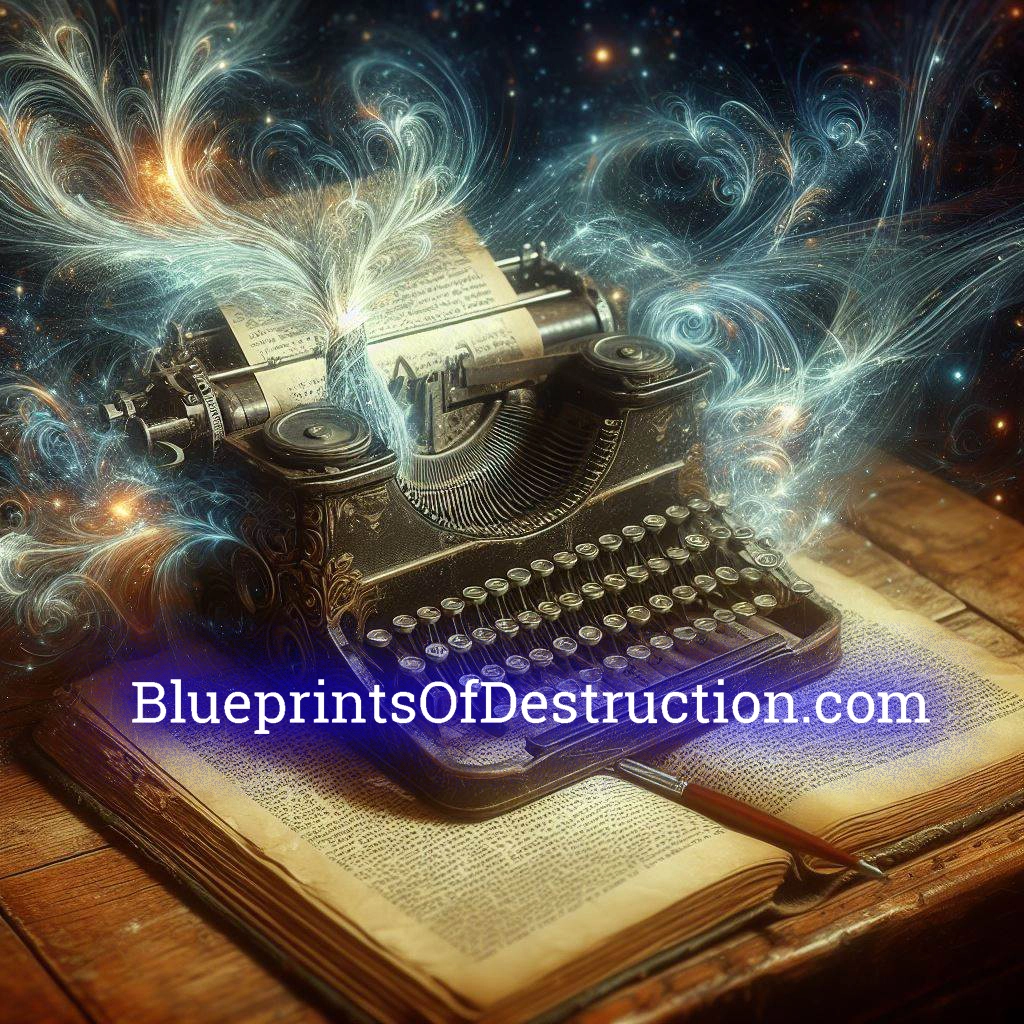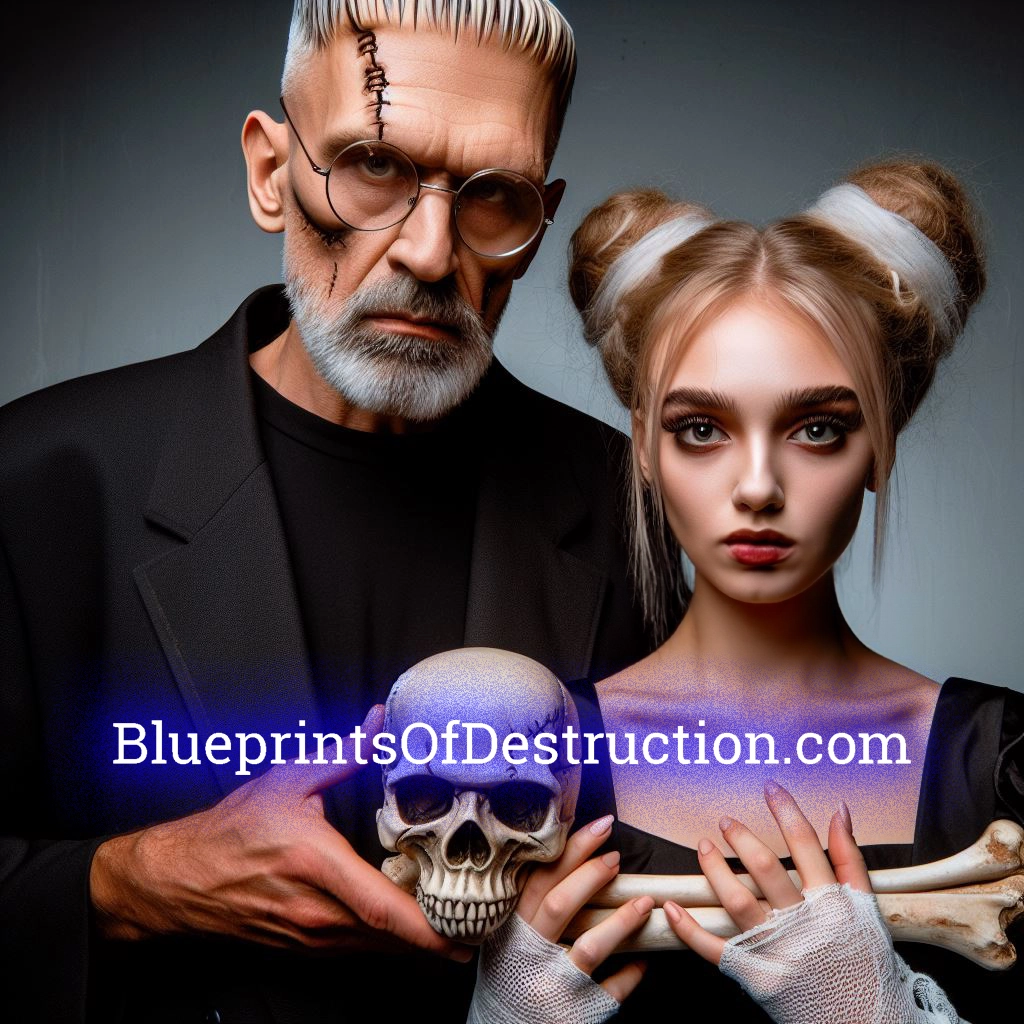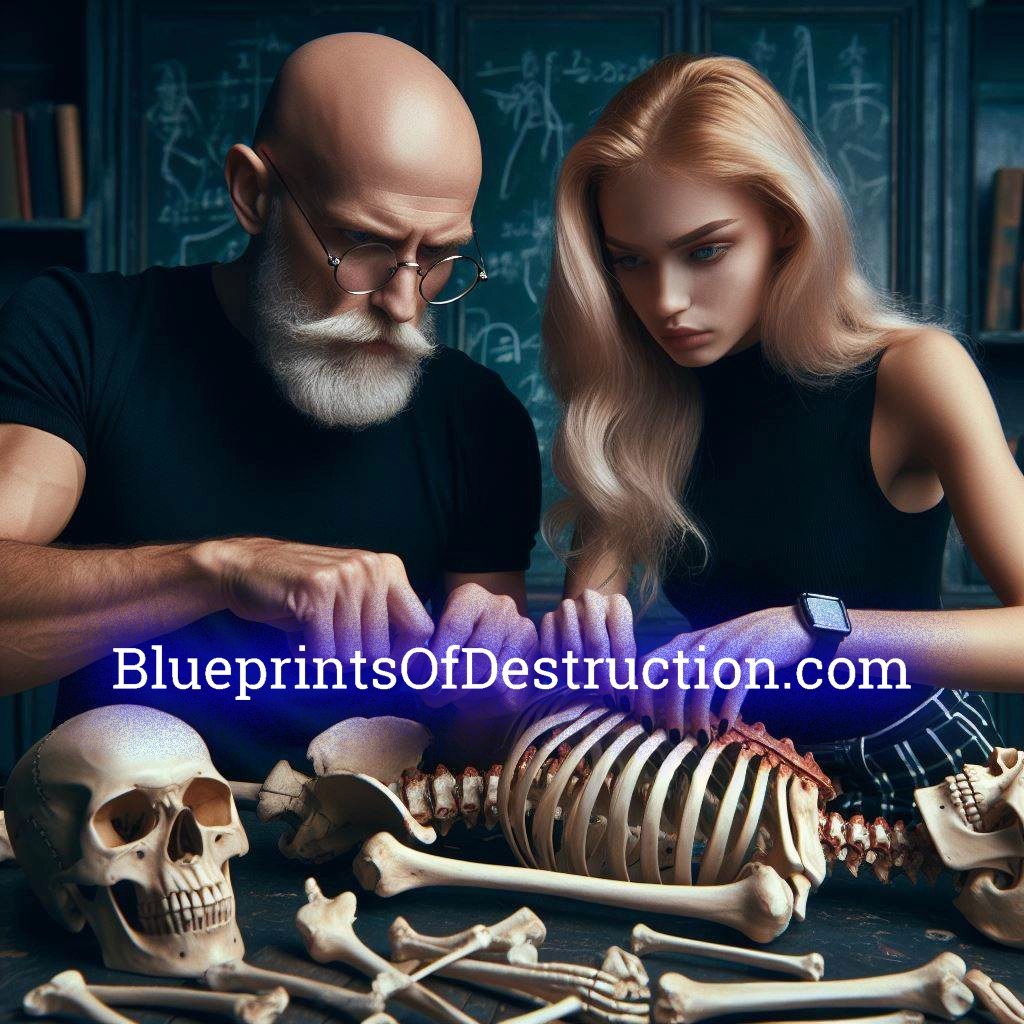- Home
- Help Me Write
Help Me Write a Story

When Lucy came to her dad with the request, “Daddy, can you help me write a story,” she thought she knew what she wanted to write about. She was young with no experience writing, but had a love for stories. She loved epic sagas, often written in fantastic environments, which might span generations. That is what she had in mind, and that's what she intended to do.
She knew only a few things about her intended story. (see here)
“Tell me what you have in mind, sweetheart,” Frank answered her. As she explained what she wanted, he immediately realized they would need to break this down into manageable, bite-sized chunks.
How to Start a Story

If you have a great story idea, the chances are you already have several scenes to the story playing out in your head. You have at least a couple characters, a general setting, and some transactions you are beginning to develop into scenes you can visualize. In other words, if your story was its own person, you have the beginnings of a skeleton. Probably not a whole skeleton, which might be no more than a dusty old skull sitting on a shelf. Or your skeleton might be missing an arm or a leg (or both). It might even look more like a pile of bones, rather than an assembled skeleton.
The fact is, regardless of whether your skeleton is missing parts, or is fully assembled, it is obviously missing some key components. It has no flesh, blood, or breath in it. It is lifeless. That is a great starting point, and for now you only need to add a few things.
How to Make a Plot
When they first started the idea of writing Blueprints of Destruction, Frank and Lucy went through Lucy’s ideas for what she envisioned for her story. Initially, Lucy gave her dad a breakdown of the parameters for her story’s world.
“Those are important boundaries to have established, Lulu, but what about the story itself?” Frank wanted to get a feel for what his daughter had in mind and where she envisioned the plot going. Her answer was just what they needed to begin building an epic story!
“There is a guy named Xal,” she told him. “I think he owns a barge of some kind, and he is involved in liberating slaves, even though slavery is legal in this world. And somehow there are ‘Blueprints of Destruction’ which are pivotal in the story.” This much she knew. Then she paused briefly and added, “And can we make how it all works out a bit of a surprise? Like if I was discovering the story along with the readers?”
Frank thought about this for a moment, and asked, “Do you mean like a choose your-own-adventure book?” At the time, Lucy had no idea what that was.
“Perfect!” Frank answered. Lucy had thrown him a bone or two, and this was all they would need to begin assembling the skeletal framework, around which they could build the rest. “Let’s figure out who this ‘Xal’ guy is, and what makes him tick.”
Development of the Story

At this point in the development of the story, all you need is a few of your skeleton’s bones. As long as you have some basics, you can add whatever else is needed, and you can do it with almost random abandon. Remember, you can always veto anything too far removed from what you want. And, if you want to discover the story like your readers are, don’t be overly concerned about leaving some aspects in the characters, setting, plot, or timeline which might not naturally be what you would select. This can add depth to the characters, limitations to how issues are addressed and how they are resolved, and even outcomes which can stir up the story in unexpected ways. They can become true gemstones, dug up in the most unexpected places!
When wondering how to make a plot that works, start with everything you have. In this case, PhranqenLu had:
The story is set in a large, but closed-off, city.
There are many non-human species.
There is a guy named Xal.
Xal might own a barge.
Xal is a liberator of slaves.

Here is what they decided to establish as some additional bones, so they could put their skeleton together, and begin to see the direction the plot might take. If they were going to add flesh and blood, and bring this story to life, they simply needed to add some additional structure. Here are some of the additional concepts Frank and Lucy came up with:
This would be an industrially transitioning time for this society.
There would be an enormously influential family, similar to the Rockefellers, with whom the "protagonist" would need to contend.

Slavery would not only be well established, but would have been established for a long time, and would be widely accepted as normal and acceptable.
Xal starts out on the wrong side of the liberation and he switches sides.
Xal was as likely to be an anti-hero as he was a genuine protagonist.
Xal has a relative who is a slave, which might be what leads to his change of heart.
The barge is foundational to the struggle, but may not actually be directly connected with Xal.
In order to show, rather than simply telling, Frank and Lucy would back the story up, and begin earlier than expected.
To show how arbitrary some of the brainstorming ideas can be, here is an example of one of the random tidbits Frank and Lucy came up with:
On a trip across state lines, Frank and Lucy, now jokingly referring to themselves as the singular "PhranqenLu," were discussing some of these early developments. At the same time, the rest of the family was discussing what the group-names of animals were called for various kinds of animals. One of the family members asked if she could contribute to the story, and asked if she could name a character. PhranqenLu agreed, and (referencing the conversation about animal groups) the family member said, “What if you named a character after these groups? Like a gaggle of geese, or a pack of wolves? …Hey, how about Gaggle Packs as a name?”
PhranqenLu had already agreed, and since there was no reason to believe this character would become anyone important, they said yes (This would later become a bit of an inside joke, as that particular character turns out to be a major player.). Later it could be decided that character’s name would be changed to the spelling of “Gagl Paxx”, and the first name would be pronounced like “Gauge”. These decisions, because they were not critical to the established plot points, were established through Random Plot-Filler Generation (RPFG), and allowed for unexpected turns in the story.
There is no wrong way to get inspired for elements within your story (as long as you don't plagiarize anything, of course)!